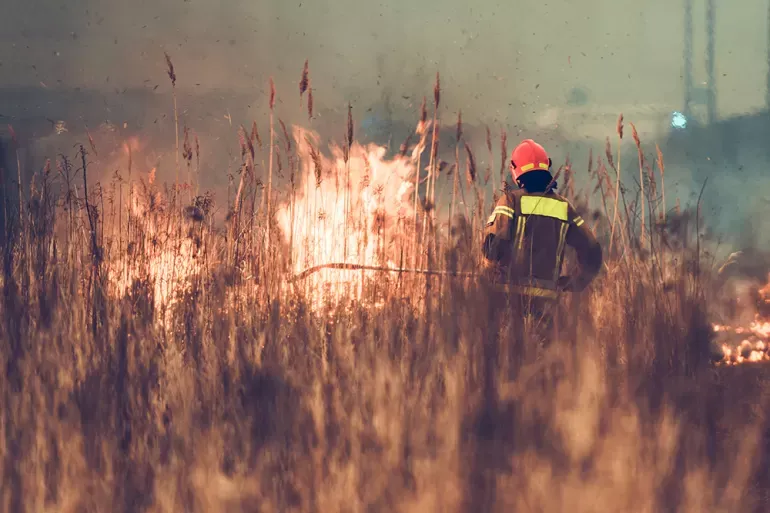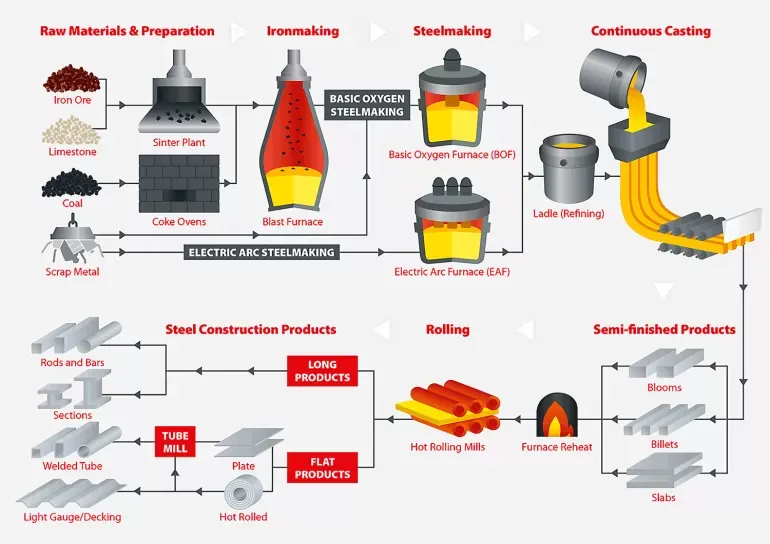Net Zero Strategy

What Are The Challenges We Face?
Global warming has been talked about for years, but recently the focus has moved towards taking action as the effects humans have on the environment become more visible. The recent events such as the global energy crisis, wildfires in Spain and floods in Pakistan have highlighted how important it is that the world acts now. The sustainability of our business is directly linked to this crisis, our supply chain and customers are affected. But here at Barclay & Mathison we are committed to doing our part to help and we have started work on our carbon reduction strategy already.
What Is Carbon Reduction And Net Zero?
Net zero is a term that has become quite popular recently but what does it mean? For a company, net zero means;
Reducing greenhouse gas emissions so activities result in no net impact on the climate from greenhouse gas emissions produced. Any remaining hard-to-decarbonise emissions can be compensated using certified greenhouse gas removal.
However, this is very difficult to achieve as the carbon capture technology needed is not advanced enough. There is a middle ground though, whilst the ultimate goal should be net zero, companies can work towards being ‘carbon neutral’. This means that any emissions that are produced can be balanced or ‘offset’ by carbon credits, which support the funding of projects that reduce the amount of CO2 released into the atmosphere, such as renewable energy generation or reforestation.

Why Is It Important?
There has been a 1.1C rise in the earth’s temperature since 1850. In the Paris agreement the UK along with other parties pledged to limit global warming to well below 2, preferably to 1.5 degrees Celsius, compared to pre-industrial levels. To support this pledge the UK government has committed to becoming net zero by 2050. If realised these actions will reduce the impact on the environment and avoid more climate disasters.
Is Steel 'Green'?
When assessing if a product is environmentally friendly there are many factors to consider, so the answer is yes and no! Steel as a standalone product is 87-90% recycled at the end of its life and made from 25-60% recycled steel at the start, so in that respect it has a low impact on the environment. However, steel takes a lot of energy to produce, so much so in fact that steel produces 7-9% of global CO2 emissions. And the demand for scrap is three times the scrap available, this means that more raw non-renewable materials are needed for new steel. Taking these points into account current steel production methods are not sustainable. But steel manufacturers are working hard to rectify this, such as switching from blast oxygen furnaces to electric arc and developing new hydrogen powered direct reduced iron (DRI) plants. These advancements could reduce embodied carbon by up to 45%.

WHAT ARE WE DOING ABOUT IT?
There’s some exciting environmental work going on at Barclay & Mathison, we are busy developing our carbon reduction plan now, and we have identified a number of energy saving initiatives such as LED lights with PIR sensors, voltage optimisation and machine energy monitoring. Barclay & Mathieson are fully compliant with the governments ESOS and SECR carbon reporting and energy savings schemes. We are also developing an environmental management system in line with ISO14001 as a framework for all our environmental activities.
How can you help?
There’s a number of things everyone can do to help save the environment at work. Switching lights and computers off when not in use is a great place to start or using less paper by only printing when you need to. Keeping shutter doors shut, not letting machines idle and checking tyre pressures also help to save energy.



